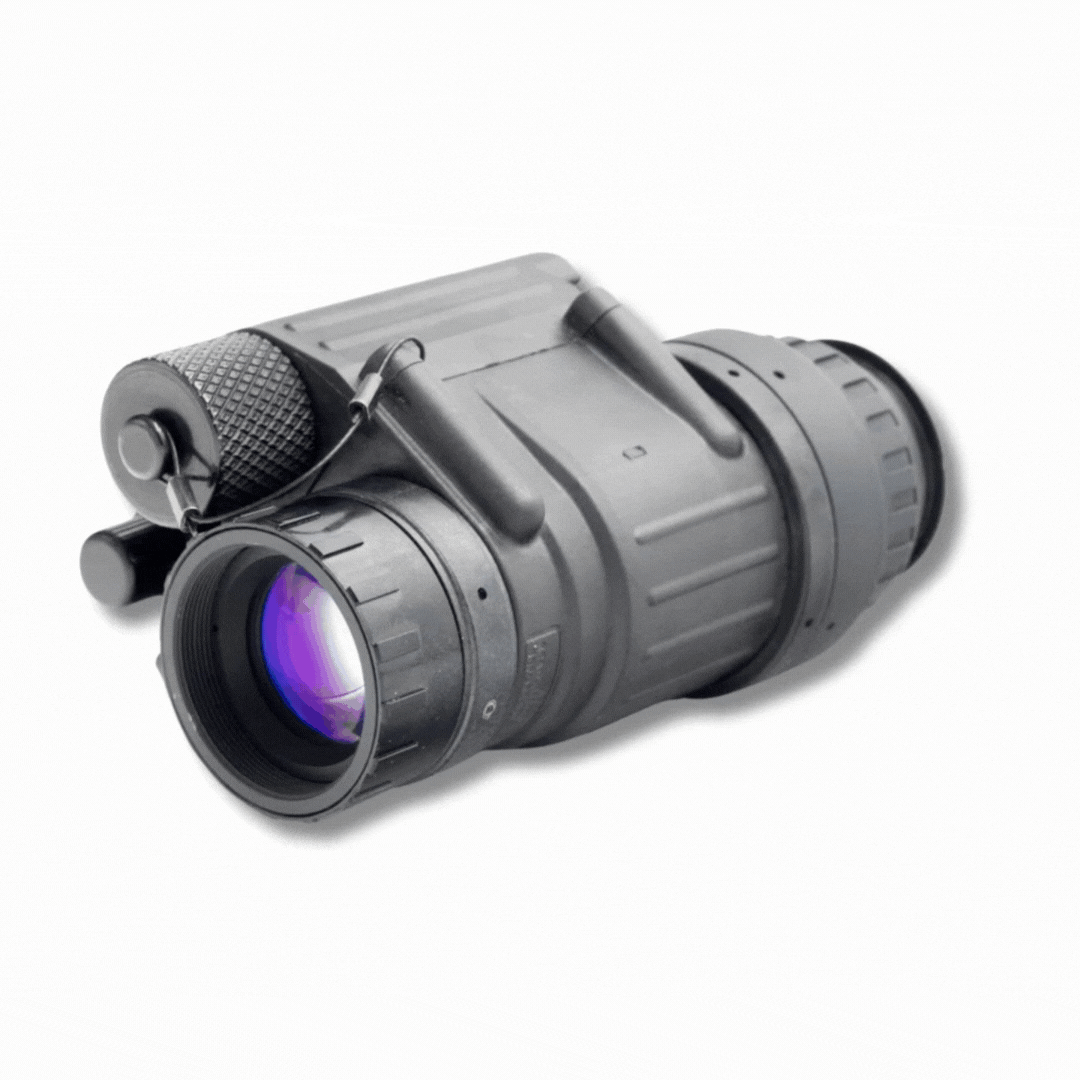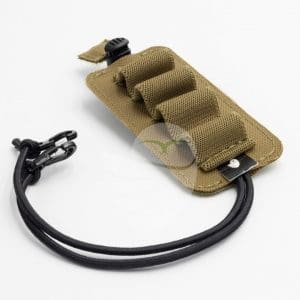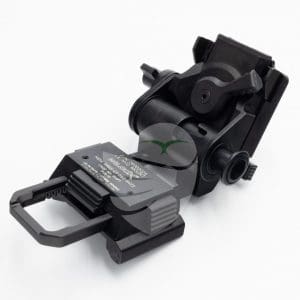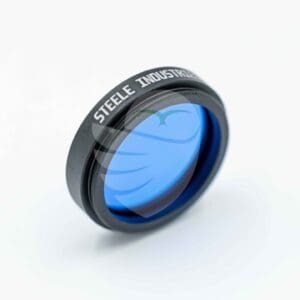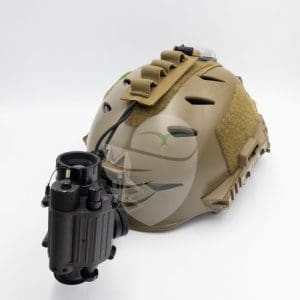OVERVIEW VIDEO
WHATS INCLUDED
One Elbit Commercial-Spec Thin Filmed White Phosphor Night Vision Monocular of your choosing; two lens caps; Steele Industries hard case; warranty card; quality control report; spec sheet.
TUBE SELECTION
At Steele, we use the “big three” tube manufacturers; Photonis, Elbit, and L3Harris. Each tube model has its own unique performance characteristics and pricing, which means we have a tube to meet various performance needs and budgets.
Elbit image tubes are a great option for those that will primarily be operating in lower light conditions, but cannot justify the additional cost required for L3Harris. These mil-spec, thin-filmed tubes will offer exceptional performance for hikers, hunters, shooters, or anyone that will find themselves away from the ambient lighting found in urban areas. Elbit is regarded by many as the best “bang for your buck” given their cost to performance ratio.
Selecting an image tube brand isn’t the only decision to be made. Within each brand, specs and cosmetics will still vary tube to tube. Of course, if you want us to utilize our expertise and select on your behalf, we are happy to do so. However, most buyers want to hand select their own image tubes, which is why we list tube photos and specs for all of our in stock inventory. If you’re ordering on a lead time you can always put “hand select” in the order notes section as well to pick your tubes when they arrive to us from the manufacturer. It’s easy to go down the rabbit hole so to speak with specs, but to make it stress-free we will cover the specs we list, what they mean, and which specs we pay the most attention to.
For our in stock inventory, we list the center resolution (LP), SNR, EBI, Halo, and FOM.
Center resolution is much like resolution on a screen, the higher the better. However, for a headborne system, a resolution over 64 is indistinguishable to the naked eye. Therefore, just look for a resolution of 64+.
SNR, or Signal to Noise Ratio, is essentially low light resolution. It is the single most important spec, in our opinion, for determining low light performance. For Photonis and Elbit tubes, seek out an SNR of 27+ (they usually cap out around 33-34). L3Harris tubes tend to have higher SNR values across the board. If deciding on an L3Harris image tube, look for an SNR of 33+.
EBI, or Equivalent Background Illumination, is essentially the lowest light level that a tube can produce a usable image. Sounds important right? It is, but the importance is usually grossly overstated. The truth is, anything UNDER 2.5 will be just fine for 99% of users. The only exception is for those that will strictly be utilizing their device for astronomy. If that is the case, look for an EBI under 1.5.
Halo is the ring or bloom around a light source when viewed through an image tube. The lower the halo value, the smaller the bloom. Keep this value under 1. Note that Photonis doesn’t always provide halo values, but rest assured they routinely exhibit low halos from our experience.
FOM, or Figure of Merit, is obtained by multiplying center resolution by the SNR. We recommend ignoring this value when selecting a tube. Instead, examine its components separately as it doesn’t always accurately depict a tube’s performance.
To keep it short and sweet, pick the highest SNR tube available that is fairly clean, has a resolution of 64+, an EBI under 2.5, and a halo under 1. If you stick to this outline, you’ll end up with an image tube that is more than capable of performing in any situation you may find yourself in.
RESTRICTIONS
This product is regulated by International Traffic in Arms Regulations and can not be shipped outside the USA.

